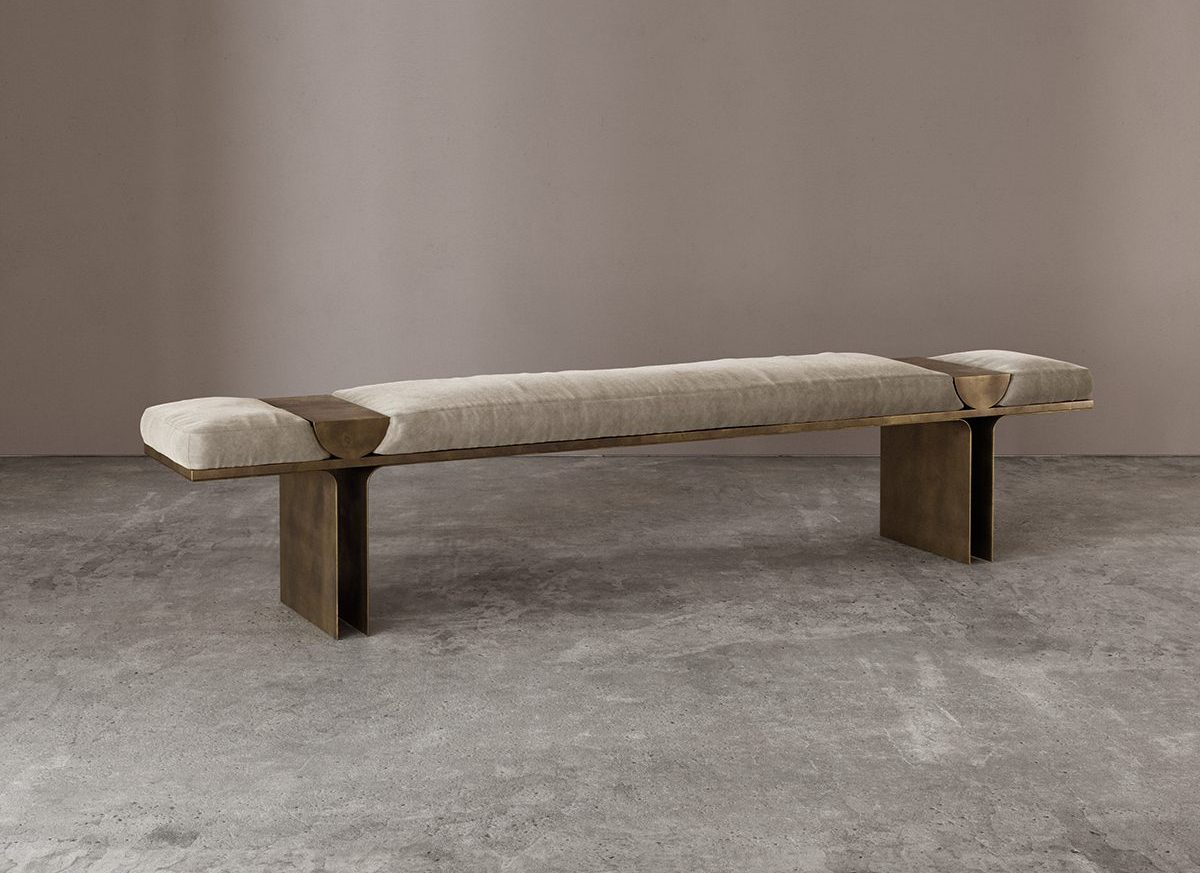Born in Asmara in Eritrea, Azamit spent her early years in Ethiopia before settling in Canada as a teenager – and, after more than 30 years in Montreal, she moved to Milan in 2023. The process of dismantling a home, of packing one’s belongings into boxes – both the precious and the banal – presents an interesting moment to re-see the objects that we surround ourselves with, and with that comes a chance to assess what they mean or represent.
As a Creative Director, Curator and Designer, Azamit is forever in the mode of gathering and collecting – be that ideas and images, research and references, objects and artworks – and whilst she acquires with great fervour, she is equally invested in sharing her finds, providing a platform and instigating new dialogues.
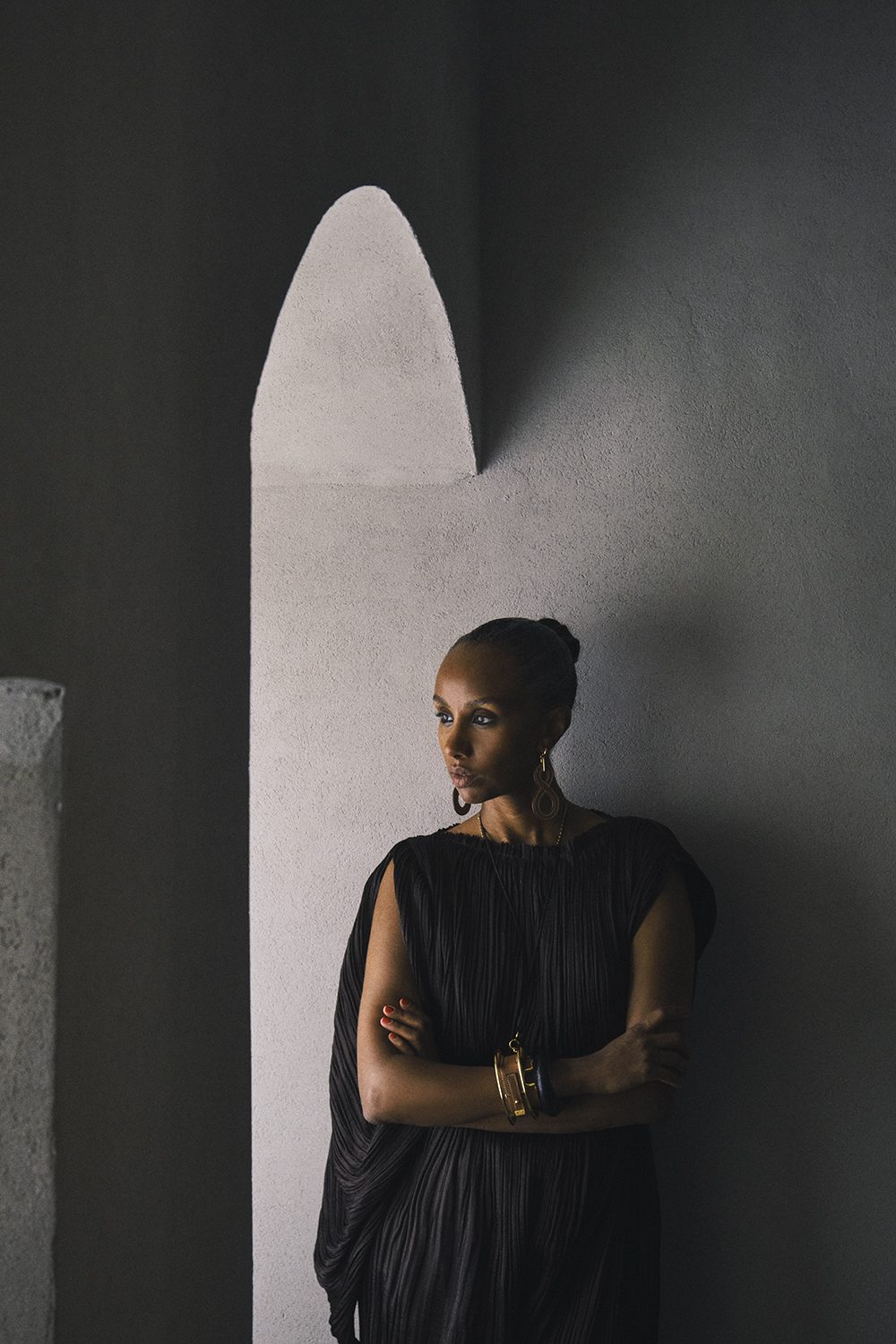
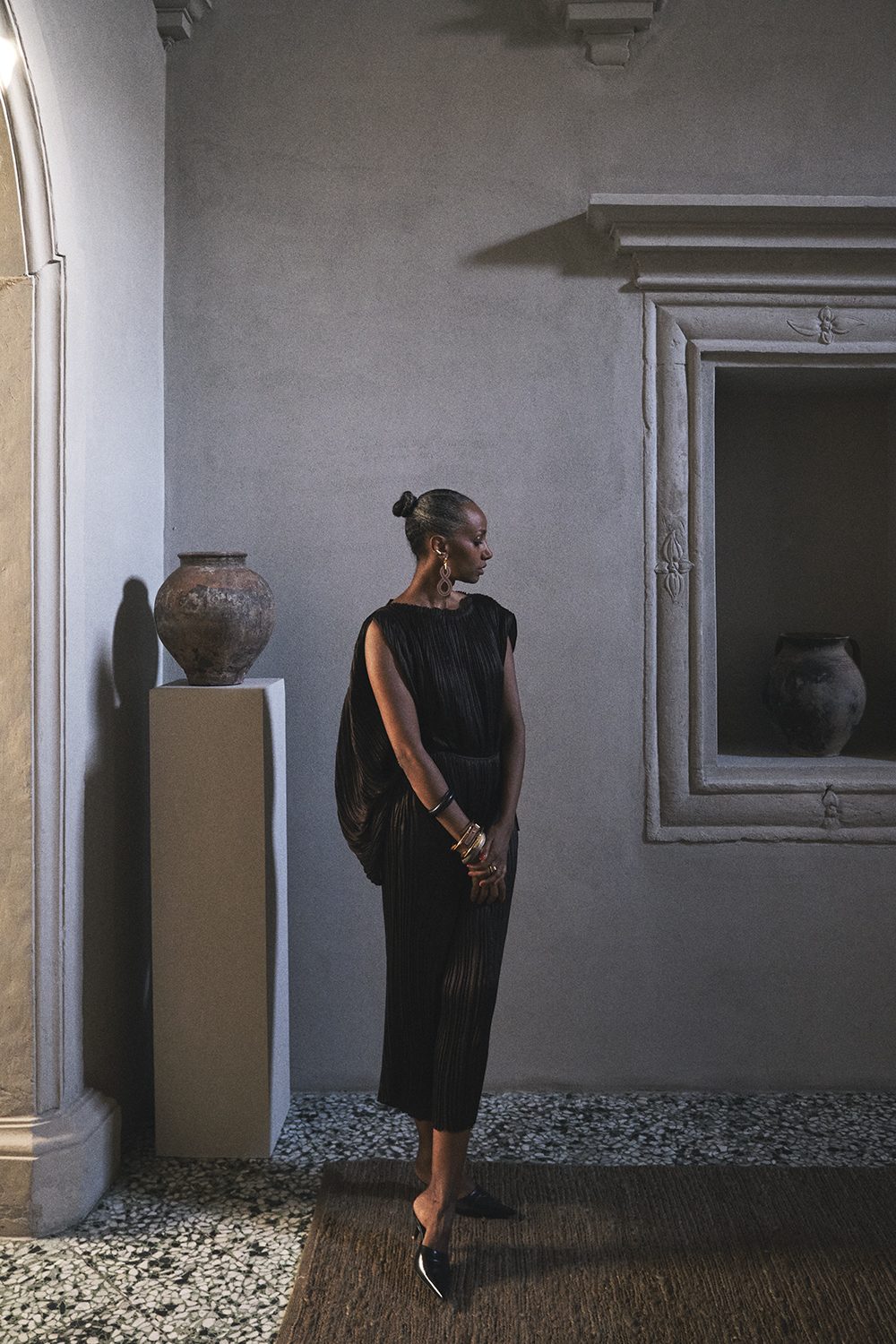
“We only see what we look at. To look is an act of choice,” notes John Berger in his influential book, Ways of Seeing – and with that he perfectly describes the work of the collector, whose search for beauty is always active and deliberate, hungry and passionate. What exactly one chooses to look at is a decision that is shaped by many factors, by heritage and culture, education and intuition, and as such, our collections become a meaningful reflection of ourselves.
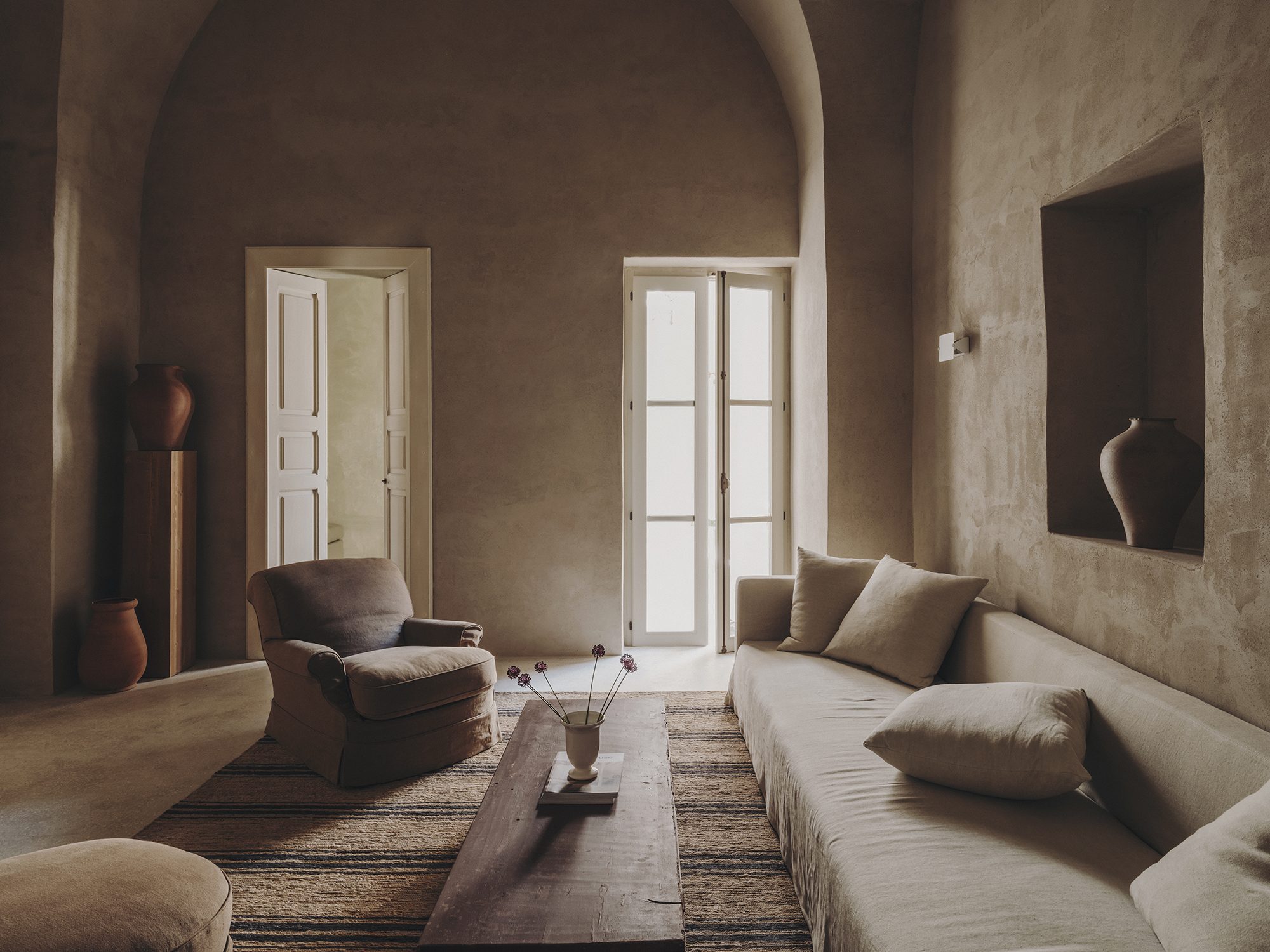 CASA SOLETO.
The house is located in Soleto, Puglia (Italy) and is a sanctuary where one can find inner piece. Being more than 400 years old, it has been restored by the owners, the design team of Andrew Trotter and Marcelo Martínez. It is the most soothing and monastic place I have ever been. The energy in each room has a gently calming effect that you can stay in without leaving for days.
Designer ANDREW TROTTER & MARCELO MARTÍNEZ.
Year 2023
CASA SOLETO.
The house is located in Soleto, Puglia (Italy) and is a sanctuary where one can find inner piece. Being more than 400 years old, it has been restored by the owners, the design team of Andrew Trotter and Marcelo Martínez. It is the most soothing and monastic place I have ever been. The energy in each room has a gently calming effect that you can stay in without leaving for days.
Designer ANDREW TROTTER & MARCELO MARTÍNEZ.
Year 2023For Azamit it is her diasporic childhood that first informed her eye, and later, a career in fashion that honed her ability to communicate through purely visual means. Spanning many categories and continents, Azamit’s collection consists of the things she has picked up along the way – and whilst each piece is significant and specific in its own right, she notes that, as a whole, they seem to be linked, “as if they’ve all come from the same place.” These objects – the books, boxes, beads, masks, bags and clothes – are connected not by geography or era, but by their curator – and so, when seen all together, they seem to speak: telling us what forms she finds to be elegant, which materials she is drawn to, and what kind of stories she wishes to hear, and to tell.
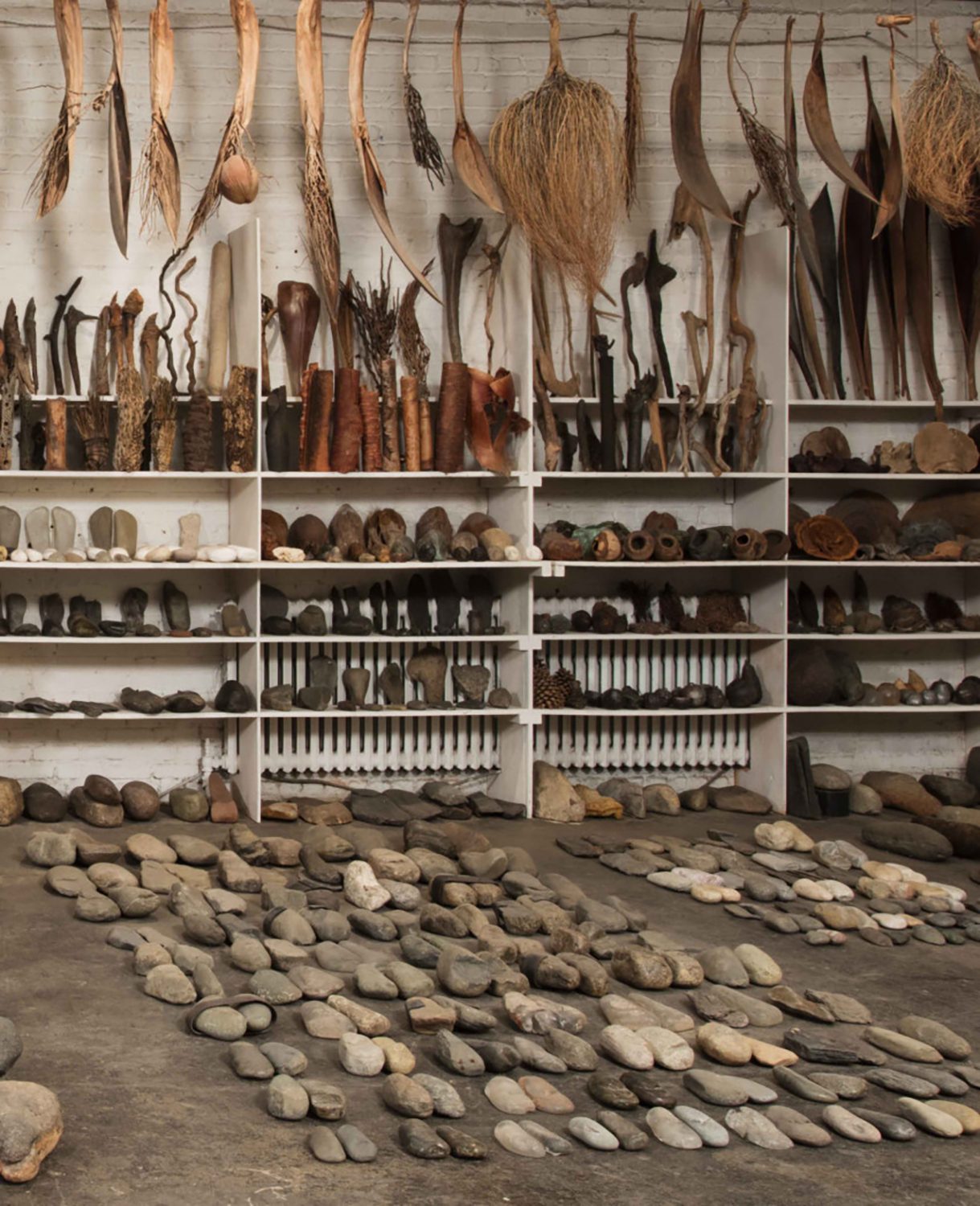 INVENTORY OF INVENTION.
Sylvia Safdie is an artist in Montreal, Canada. I had the opportunity to see her exhibition at Fonderie Darling in her hometown; I would love to visit her atelier one day. This collection is a result of a lifetime of finding and gathering material from nature, always asking herself its relationship with humans. It feels both familiar and unfamiliar at the same time—like a piece of my own things from home, exhibited in a studio, but at a much larger scale.
Designer SYLVIA SAFDIE.
Year 2023.
INVENTORY OF INVENTION.
Sylvia Safdie is an artist in Montreal, Canada. I had the opportunity to see her exhibition at Fonderie Darling in her hometown; I would love to visit her atelier one day. This collection is a result of a lifetime of finding and gathering material from nature, always asking herself its relationship with humans. It feels both familiar and unfamiliar at the same time—like a piece of my own things from home, exhibited in a studio, but at a much larger scale.
Designer SYLVIA SAFDIE.
Year 2023.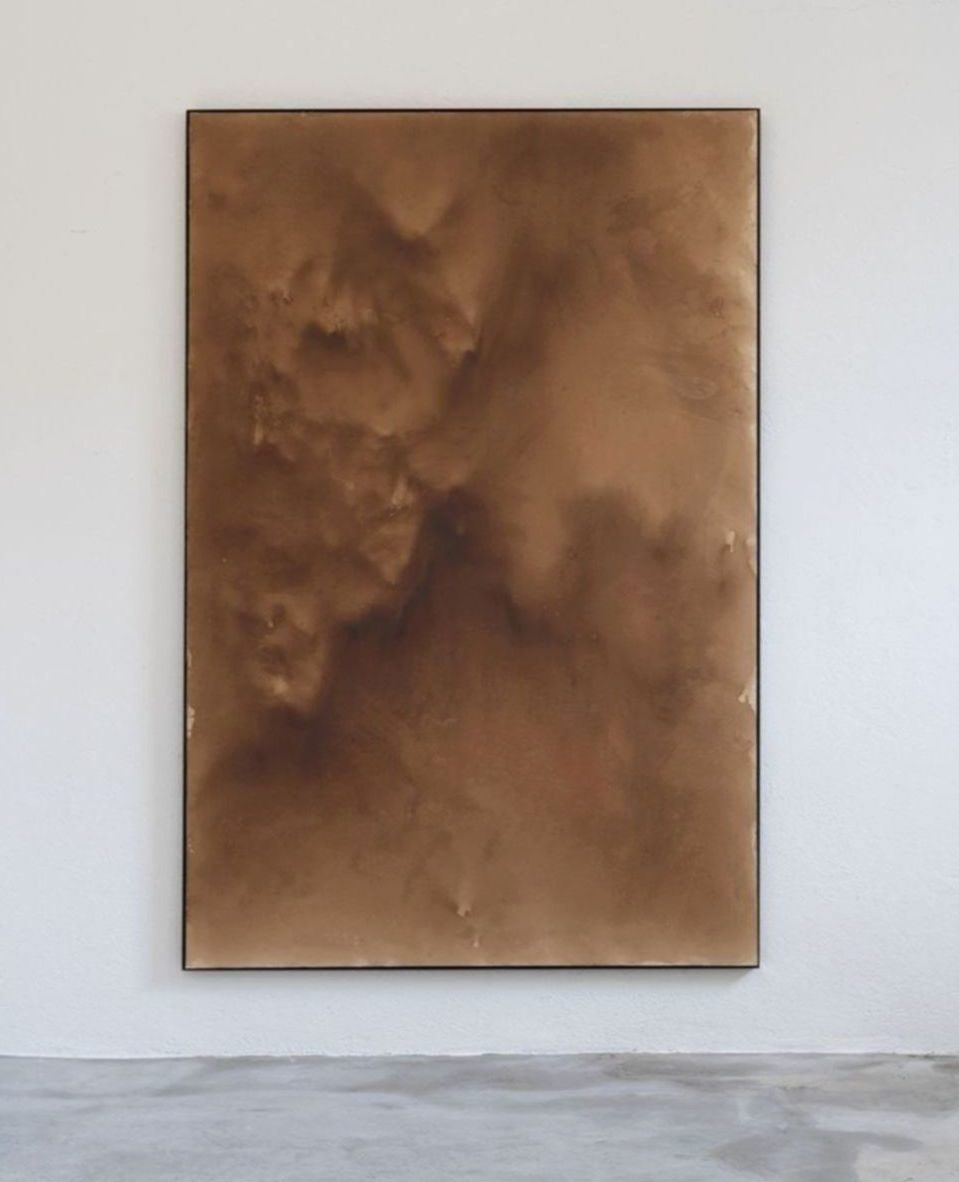 DER WANDERER (D489).
The first piece of art we acquired with my husband Francis when we moved to Milan was from Leonardo Vandal. Seeing his art pieces in person at the Cadogan Gallery and exchanging with him about his artistic approach was truly captivating. I really like his abstract paintings, especially the colors that Leonardo Vandal uses in his work.
Artist LEONARDO VANDAL.
Gallery CADOGAN GALLERY.
Year 2023.
DER WANDERER (D489).
The first piece of art we acquired with my husband Francis when we moved to Milan was from Leonardo Vandal. Seeing his art pieces in person at the Cadogan Gallery and exchanging with him about his artistic approach was truly captivating. I really like his abstract paintings, especially the colors that Leonardo Vandal uses in his work.
Artist LEONARDO VANDAL.
Gallery CADOGAN GALLERY.
Year 2023.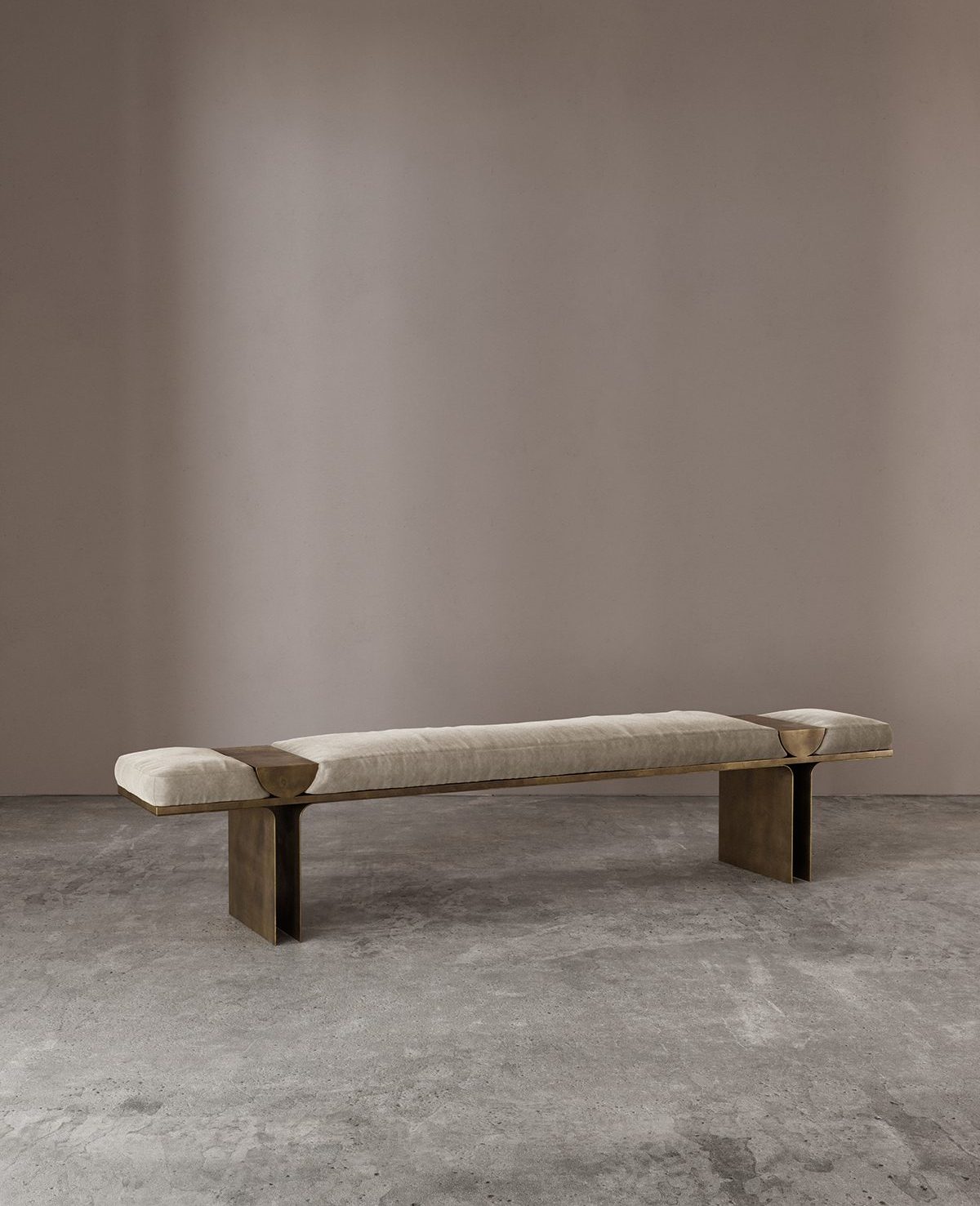 MEBELI BENCH.
Combining European aesthetics with Eritrean culture, Hintsa Rudman takes a layered and cross-cultural approach. For our first collection, Francis Rudman and myself, as founders and designers, return to our respective childhoods - collecting and combining souvenirs of summers past.
Designer FRANCIS RUDMAN & AZAMIT.
Brand HINTSA RUDMAN.
Year 2023.
MEBELI BENCH.
Combining European aesthetics with Eritrean culture, Hintsa Rudman takes a layered and cross-cultural approach. For our first collection, Francis Rudman and myself, as founders and designers, return to our respective childhoods - collecting and combining souvenirs of summers past.
Designer FRANCIS RUDMAN & AZAMIT.
Brand HINTSA RUDMAN.
Year 2023.Objects that were worn or used – personal effects and household items – make up a large part of Azamit’s collection. Antique clothing and vintage kimonos are admirable for their texture and tone, their shape and skillful construction – however, it is their past lives that are most intriguing. Imbued with history, these objects seem to capture something of their previous owner(s), as if their stories are woven into the cloth itself.
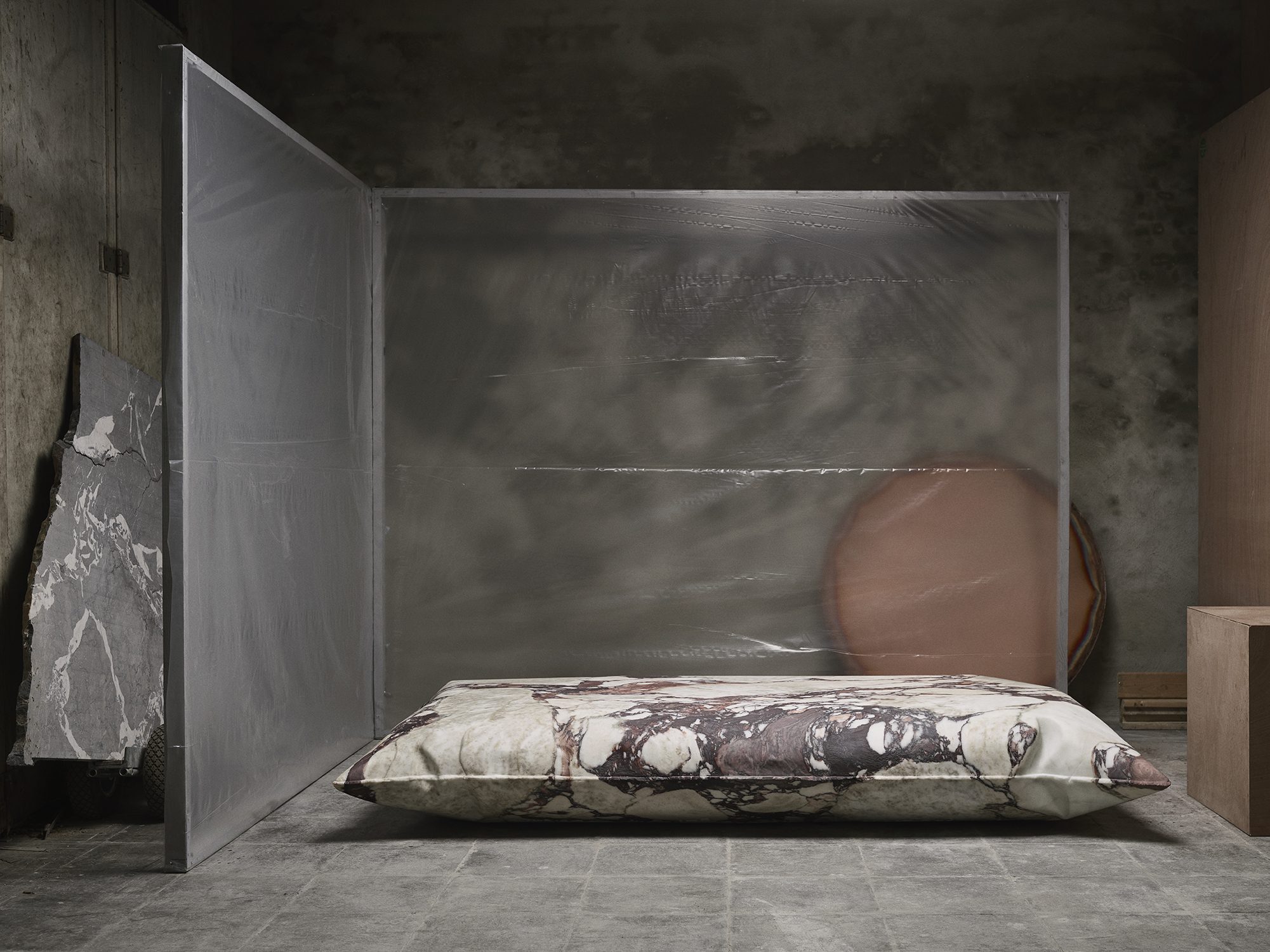 IN HALE WALLPIECE.
I am obsessed with all the In Hale pieces. Whether he’s made them into an art piece or a wallpiece, they all look so amazing. I also love that although the shape stays the same, the variations of the textures & material that he uses are all such a perfect selection.
Designer BEN STORMS.
Year 2020.
IN HALE WALLPIECE.
I am obsessed with all the In Hale pieces. Whether he’s made them into an art piece or a wallpiece, they all look so amazing. I also love that although the shape stays the same, the variations of the textures & material that he uses are all such a perfect selection.
Designer BEN STORMS.
Year 2020.In the same way that clothing retains a memory of the person who last wore it, antique furniture provokes a similar curiosity – raising questions of how it was used, and by whom. Azamit pairs time-worn antiques with glossy contemporary pieces – she is drawn equally to the patina of antique leather and wood,such as the 19th century Eritrean chair that sits low to the ground on carved legs, its surfaces a lattice of hand-woven strips of hide, as she is the crumpled metal sculptures by the contemporary Belgian designer, Ben Storms.
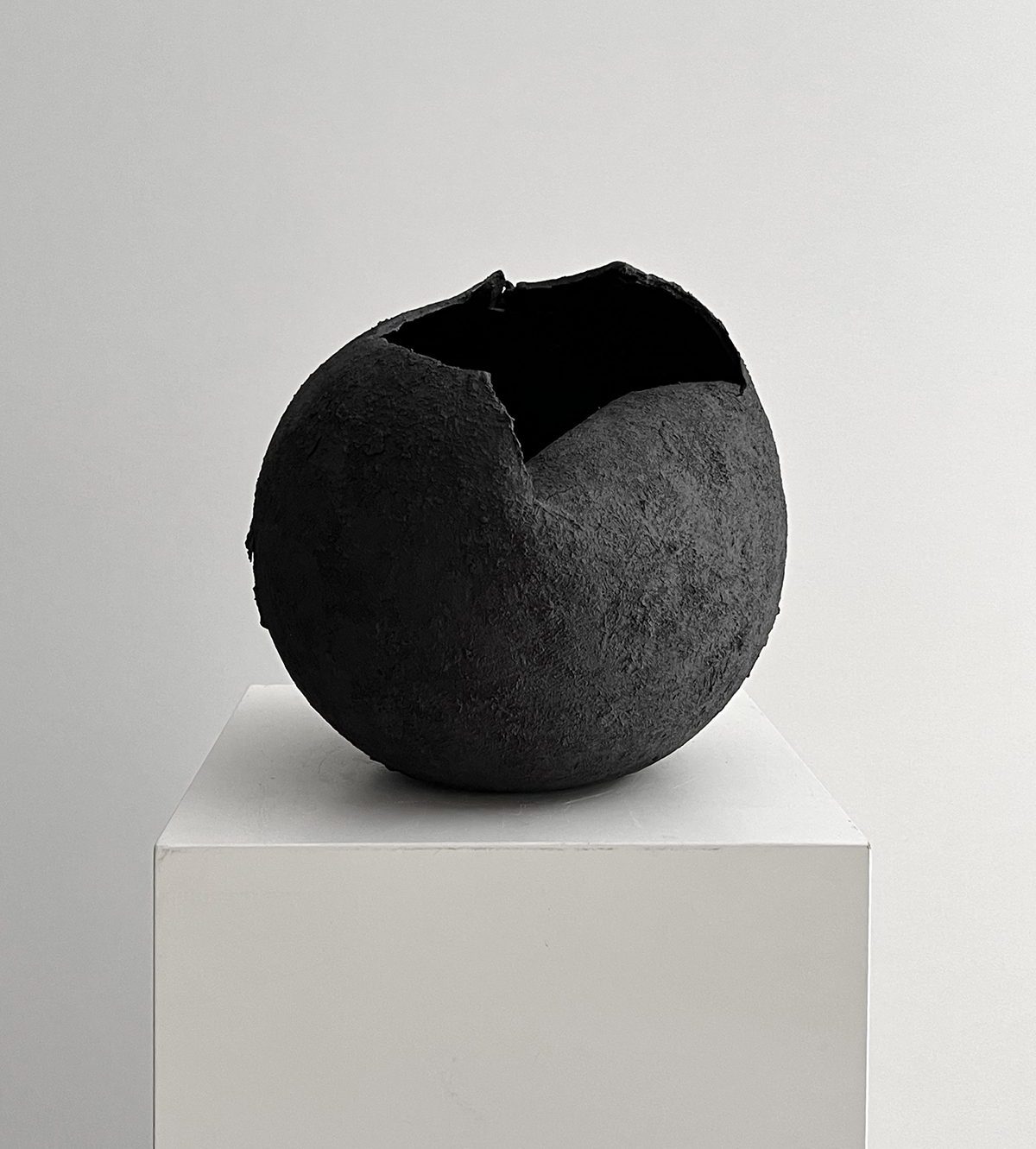 UNTITLED 70.
I like how each piece of Laura's work, which includes both functional vessels and sculptures, makes you feel like it is an archaeological find. It is raw, but yet poetic and each piece feels truly unique.
Designer LAURA PASQUINO.
Year 2023.
UNTITLED 70.
I like how each piece of Laura's work, which includes both functional vessels and sculptures, makes you feel like it is an archaeological find. It is raw, but yet poetic and each piece feels truly unique.
Designer LAURA PASQUINO.
Year 2023.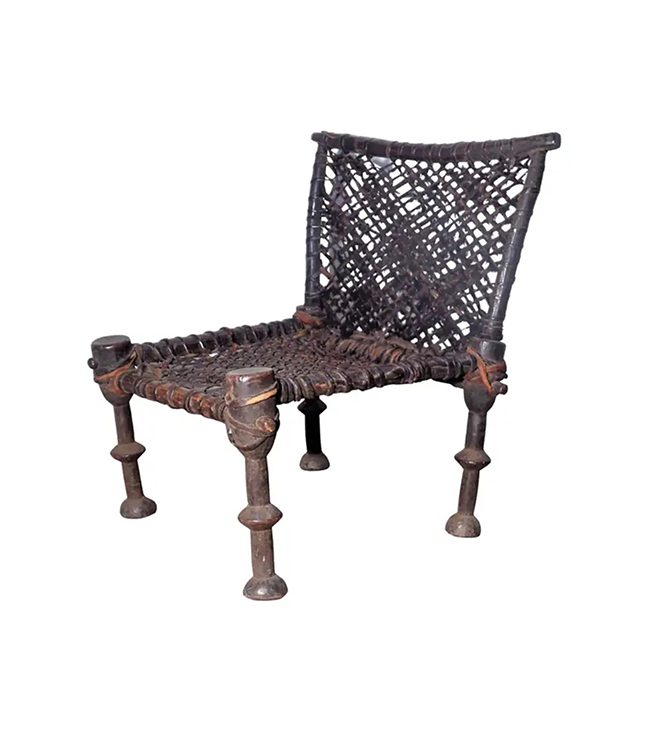 19TH CENTURY AFRICAN WOOD
AND LEATHER CHAIR.
This chair sums-up my childhood in just one image. I grew up seeing different variations of it in different sizes, textures and materials. I have always loved how even when old and worn-out, you never stop using them. I particularly like this one, as it tells a lot about the past and yet, it would be something that would fit perfectly in today's world.
Designer VINTAGE.
Brand 1ST DIBS.
Year LATE 19TH CENTURY (1880-1890).
19TH CENTURY AFRICAN WOOD
AND LEATHER CHAIR.
This chair sums-up my childhood in just one image. I grew up seeing different variations of it in different sizes, textures and materials. I have always loved how even when old and worn-out, you never stop using them. I particularly like this one, as it tells a lot about the past and yet, it would be something that would fit perfectly in today's world.
Designer VINTAGE.
Brand 1ST DIBS.
Year LATE 19TH CENTURY (1880-1890).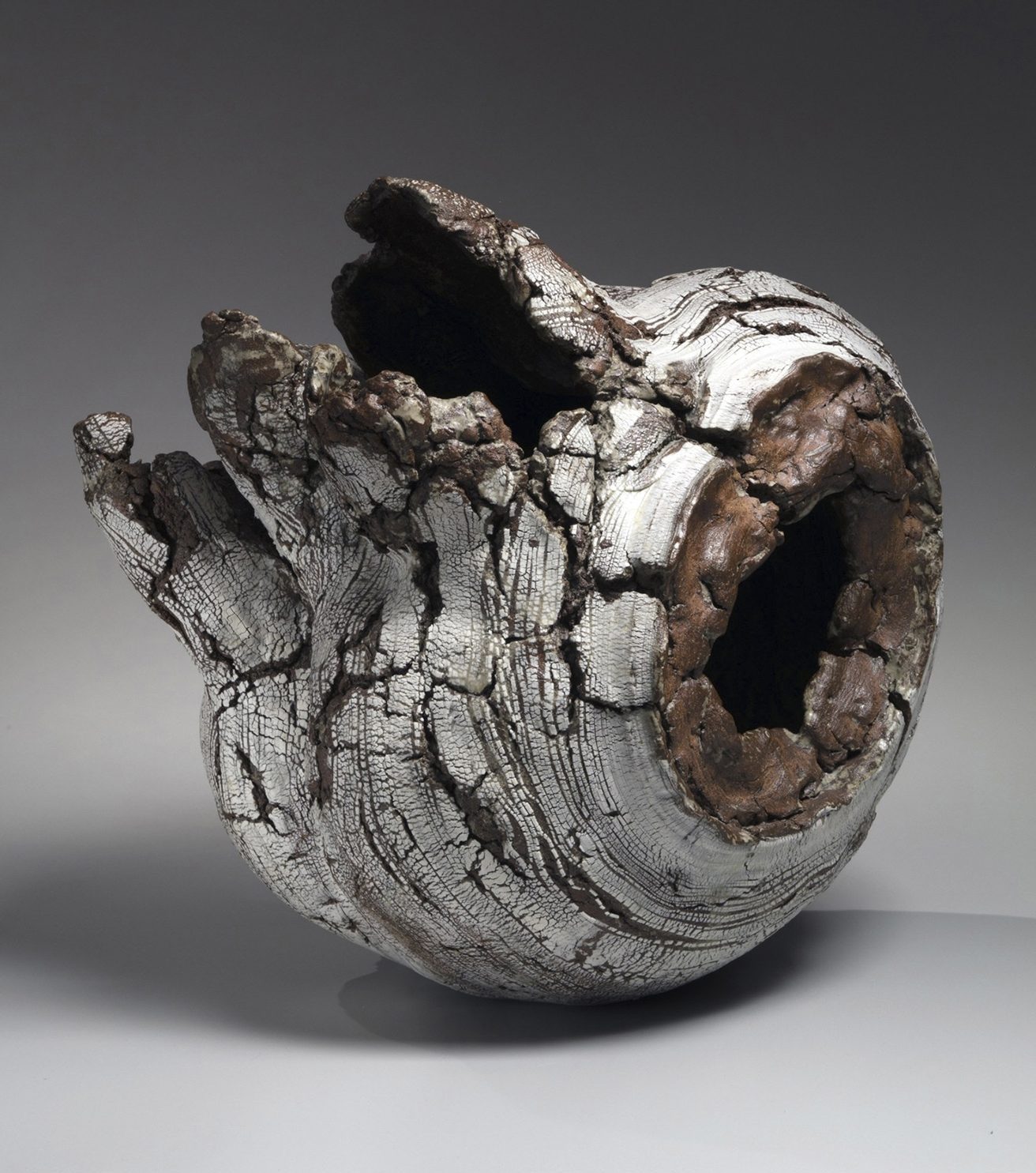 RIVERS.
This Japanese artist is based in France. Her ceramic pieces look like a tree's outer bark —and that takes my mind to the midst of a nature landscape!
Artist YOSHIMI FUTAMURA.
Year 2023.
RIVERS.
This Japanese artist is based in France. Her ceramic pieces look like a tree's outer bark —and that takes my mind to the midst of a nature landscape!
Artist YOSHIMI FUTAMURA.
Year 2023.Having dedicated her career to presenting the work of others – as a Fashion Editor and Creative Director – in 2022 Azamit launched Hintsa Rudman in collaboration with her partner, Francis Rudman, a fellow Creative Director and CGI artist. The culmination of decades of research, their debut collection of Art Deco-inflected furniture explores their personal histories: the many cultures, people, homes and heirlooms that have combined to create their visual language, both individually and as a pair.
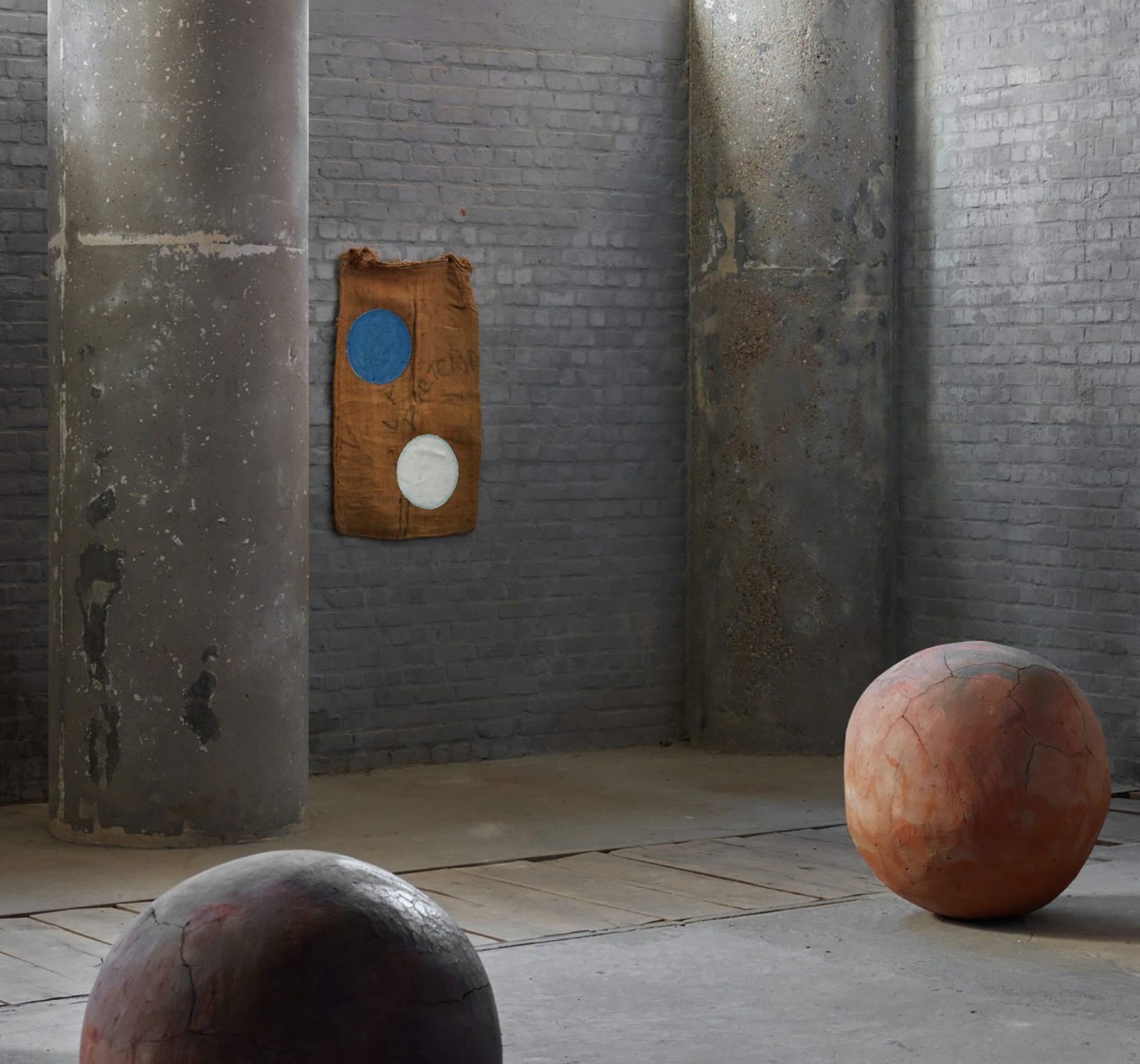 SPHERES AND SACK PAINTINGS EXHIBITION.
I love how Boxco plays with materials pulled from the earth that are rich in textures, and then manages to highlight those textures. The clay spheres at Axel Vervoordt Gallery's Karnak space are part of a large selection—all handmade and baked in a rustic kiln—that Bosco then mysteriously dispersed throughout the installation. He calls them "perfect bodies."
Designer BOSCO SODI.
Gallery AXEL VERVOORDT GALLERY.
Year 2023.
SPHERES AND SACK PAINTINGS EXHIBITION.
I love how Boxco plays with materials pulled from the earth that are rich in textures, and then manages to highlight those textures. The clay spheres at Axel Vervoordt Gallery's Karnak space are part of a large selection—all handmade and baked in a rustic kiln—that Bosco then mysteriously dispersed throughout the installation. He calls them "perfect bodies."
Designer BOSCO SODI.
Gallery AXEL VERVOORDT GALLERY.
Year 2023.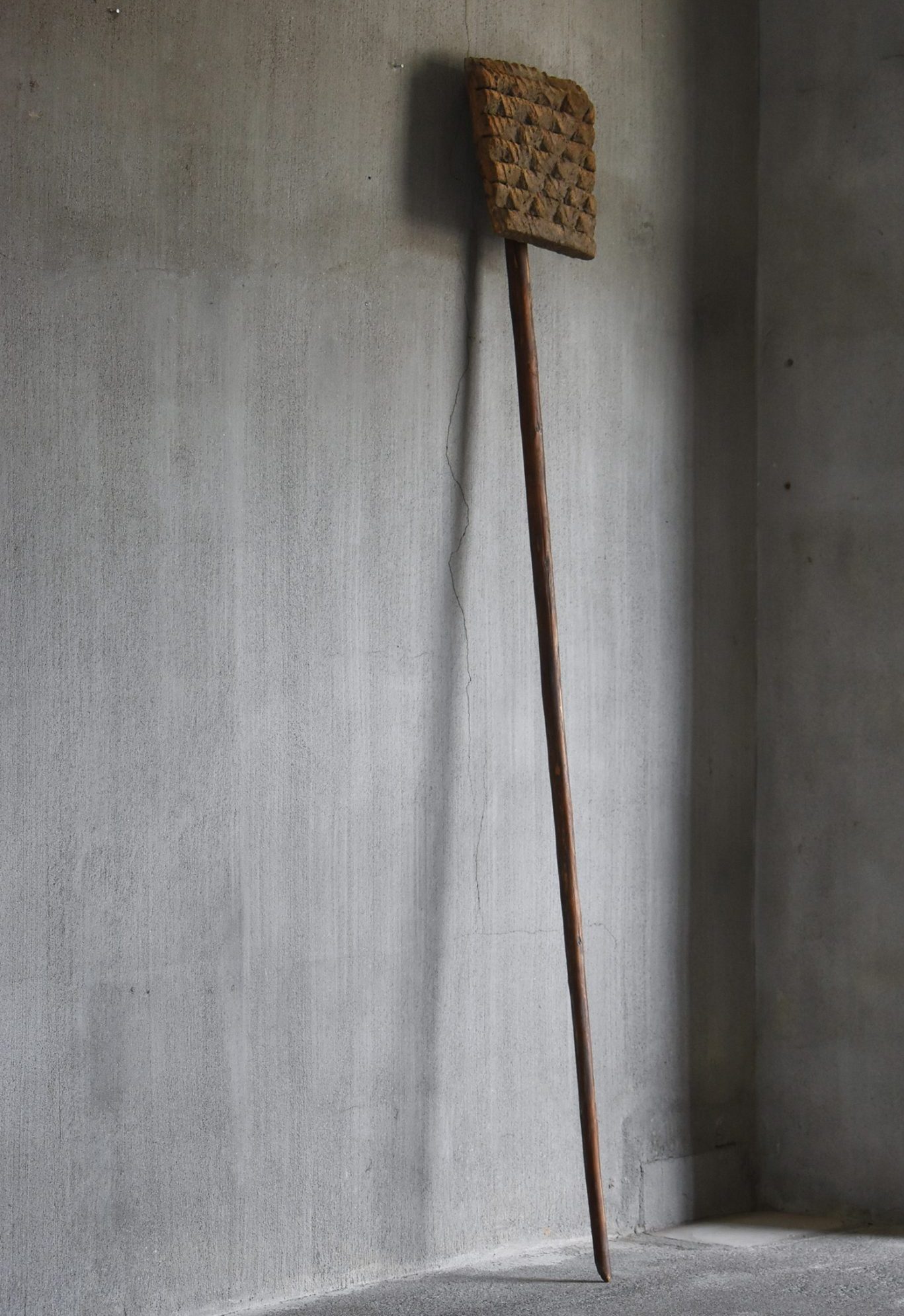 THRUST HOE.
The selection of pieces by Apologia are always so inspiring. They would blend into almost any space, or decor environment. They are timeless and yet old, with so much soul and history.
I especially like all their small objects because as an ensemble, they can give character to a room.
Designers APOLOGIA.
Brand APOLOGIA.
THRUST HOE.
The selection of pieces by Apologia are always so inspiring. They would blend into almost any space, or decor environment. They are timeless and yet old, with so much soul and history.
I especially like all their small objects because as an ensemble, they can give character to a room.
Designers APOLOGIA.
Brand APOLOGIA.These influences affected the collection’s physical form, but they are also present in more subtle, conceptual ways: the Mebeli bench, for example, makes reference to those benches that are found “in front of every house in Abyssinia – it’s where the elderly sit outside their home and watch the whole village or town pass by,” and the Meste credenza is a subtle homage to Azamit’s mother: “I remember feeling so excited whenever my mum would open the credenza – where she kept all her beautiful plates – to set the table whenever we had guests coming over. My mum loves hosting and entertaining – which is definitely something I got from her.”
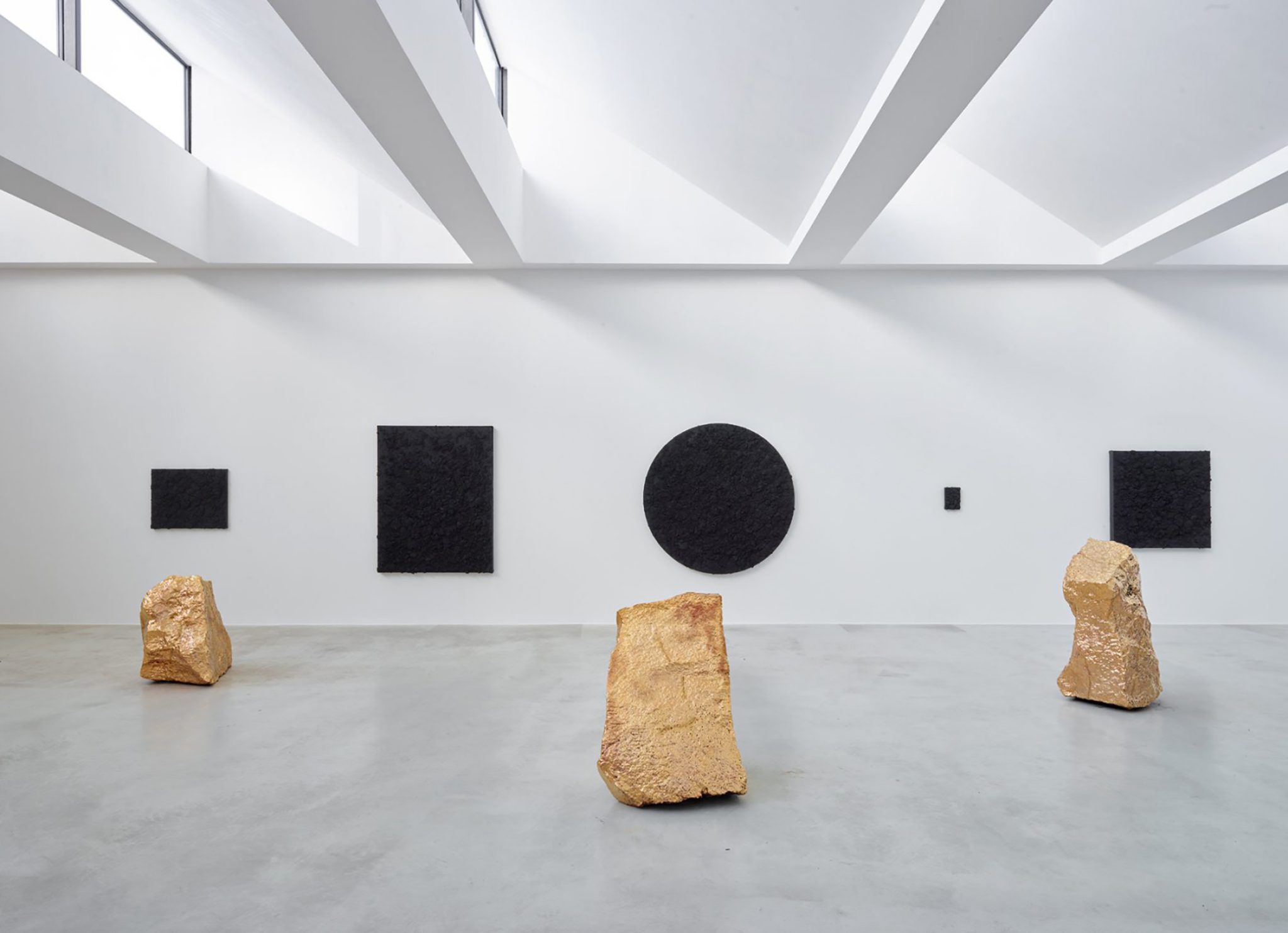 INTO THE DEEPEST.
Bosco Sodi's series of dense and deeply black paintings, alongside golden stone sculptures (sourced from a volcano in Mexico) are just captivating. When encountering these works, I feel a sensation of being pulled into a dark cavern, absorbed by the paint and texture, just as the light is absorbed by the pigment.
Designer BOSCO SODI.
Gallery AXEL VERVOORDT GALLERY.
Year 2021.
INTO THE DEEPEST.
Bosco Sodi's series of dense and deeply black paintings, alongside golden stone sculptures (sourced from a volcano in Mexico) are just captivating. When encountering these works, I feel a sensation of being pulled into a dark cavern, absorbed by the paint and texture, just as the light is absorbed by the pigment.
Designer BOSCO SODI.
Gallery AXEL VERVOORDT GALLERY.
Year 2021.The Menberi table offers a glimpse into Azamit’s approach to home, to art and to life: the surface, a huge expanse of white marble, was designed not only as a coffee table – but as a blank canvas, upon which an ever-changing selection of objects, books and ephemera can be displayed and curated.
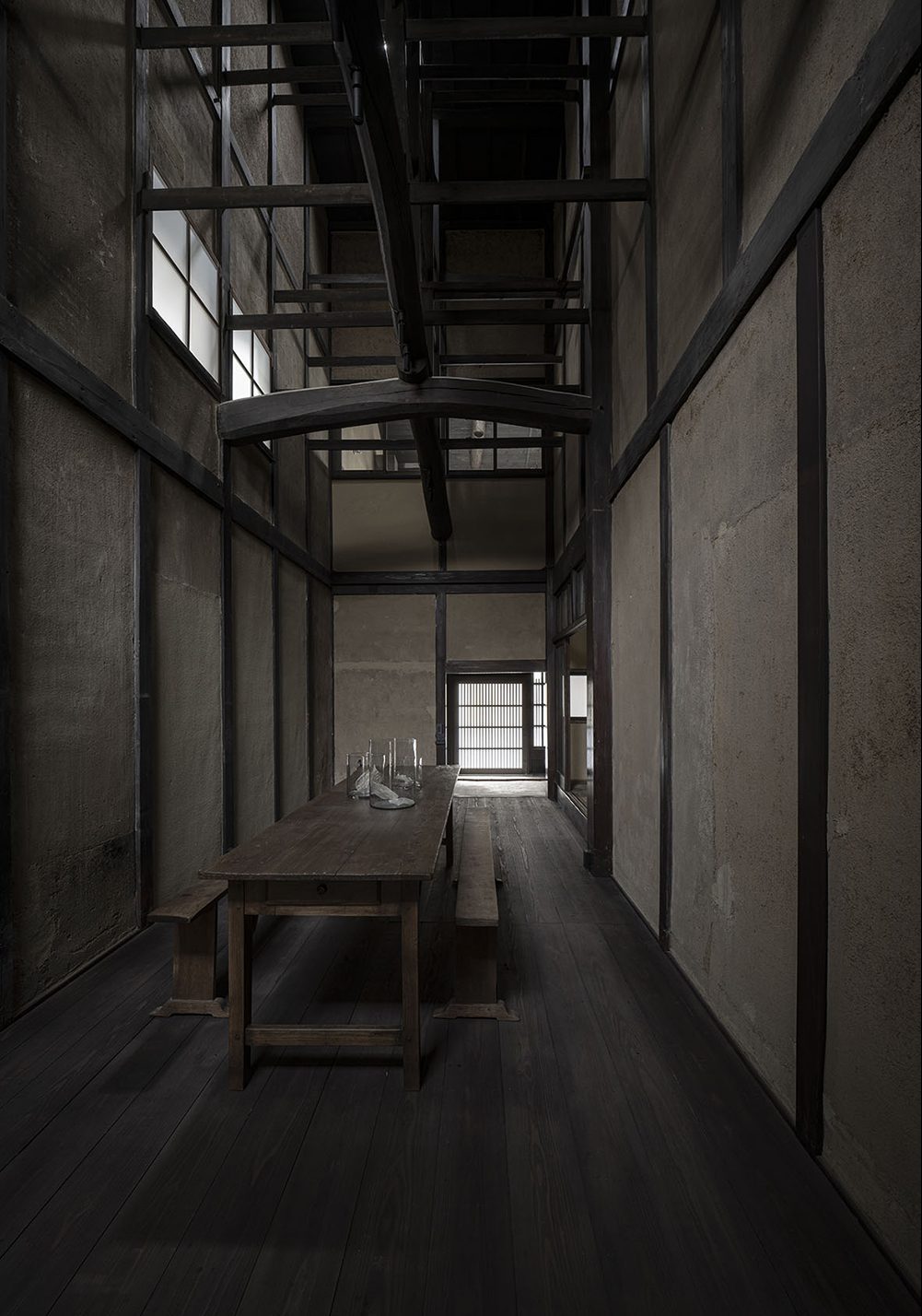 KANKAKARI.
The gallery in Kyoto is at the very top of my bucket list. It is a gallery and residence - a nostalgic and calming place that blends past present and future. Before renovations, it was left untouched for 100 years. It has been carefully renovated over a period of one year. I can't wait to go visit one of their exhibitions. Every theme, detail, installation looks highly & meticulously curated & seems to resonate with the aura of the space.
Designer RYO SUZUKI. (KANKAKARI) + MAMIKO KIDA.
Gallery KANKAKARI.
Year 2022.
KANKAKARI.
The gallery in Kyoto is at the very top of my bucket list. It is a gallery and residence - a nostalgic and calming place that blends past present and future. Before renovations, it was left untouched for 100 years. It has been carefully renovated over a period of one year. I can't wait to go visit one of their exhibitions. Every theme, detail, installation looks highly & meticulously curated & seems to resonate with the aura of the space.
Designer RYO SUZUKI. (KANKAKARI) + MAMIKO KIDA.
Gallery KANKAKARI.
Year 2022.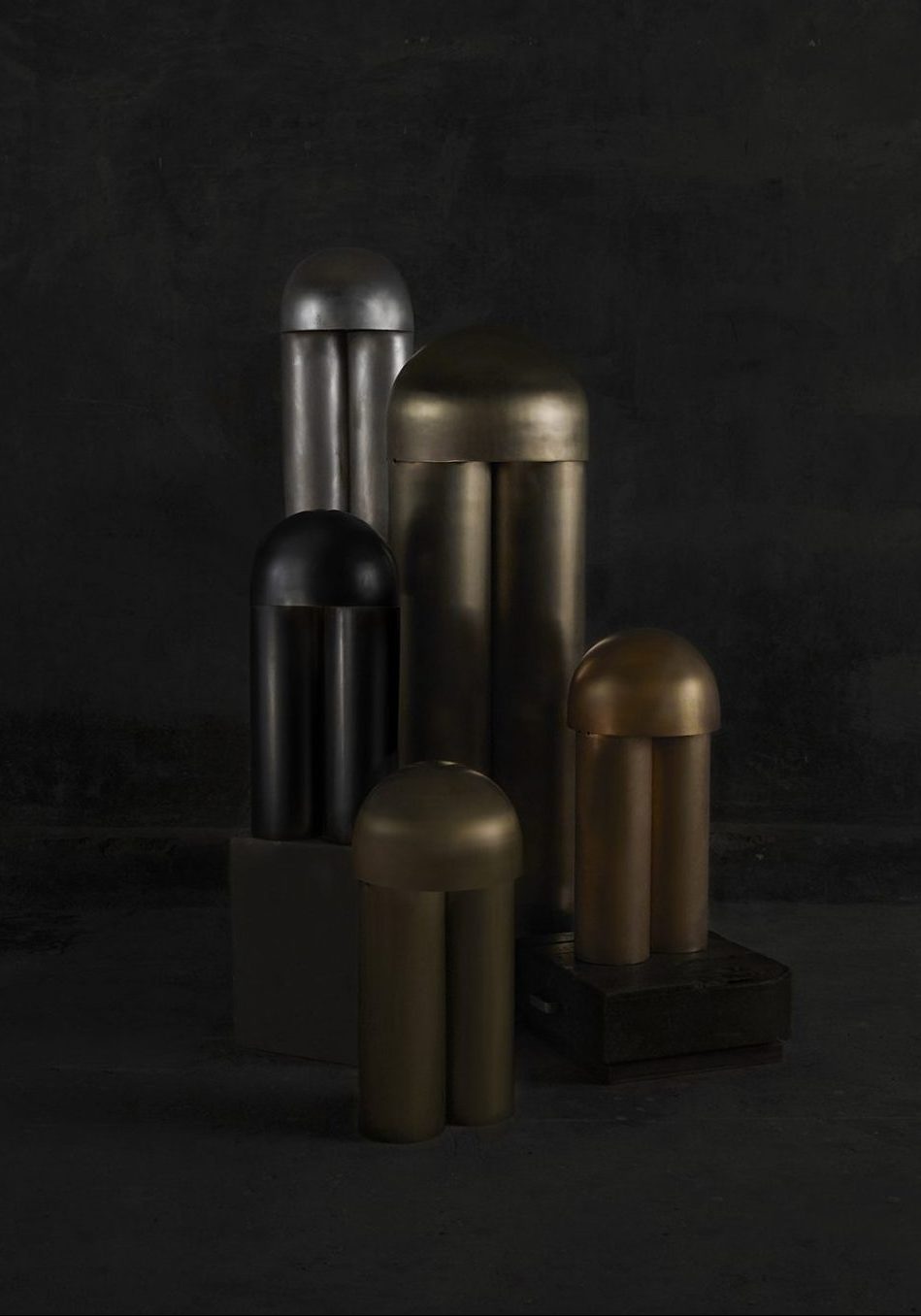 THE MONOLITH LAMP.
This lamp is sculpted out of a single body. Its geometry, surface texture and finish was made to subtly interact with light. I love how it is available in different sizes and finishes. Also the visual impact created when grouping a few- especially if is a combination of sizes and textures. I feel like these lamps should always be in groups as if they were brought out from nature.
Designer PAUL MATTER.
THE MONOLITH LAMP.
This lamp is sculpted out of a single body. Its geometry, surface texture and finish was made to subtly interact with light. I love how it is available in different sizes and finishes. Also the visual impact created when grouping a few- especially if is a combination of sizes and textures. I feel like these lamps should always be in groups as if they were brought out from nature.
Designer PAUL MATTER.Guided by the principle that ‘opposites attract’, Azamit brings together contrasting and contradictory elements with ease. In painting, this technique is known as chiaroscuro – which describes the use of strong contrasts to create an image that have a much more vivid sense of volume and depth – and it is something that Azamit employs to great effect in her own work through masterful juxtapositions of past and present, positive and negative, masculine and feminine, east and west.
 ARCH COLLECTION.
The burnt cork furniture by this Belgian designer—I love the mixture of the raw material and the architectural shapes.
Designer CEDRIC ETIENNE.
ARCH COLLECTION.
The burnt cork furniture by this Belgian designer—I love the mixture of the raw material and the architectural shapes.
Designer CEDRIC ETIENNE. 